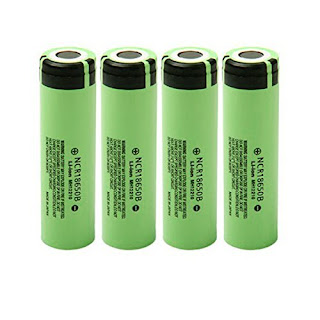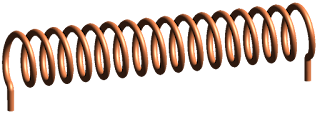Construction of Electric Vehicles

In general Electric Vehicles are of three types:- 1. Online Electric Vehicles 2. Onboard storage type Electric Vehicles 3. Hybrid Electric Vehicles In Online Electric Vehicles the electric power required by the vehicle is provided by external sources, such as through overhead wire or by rails etc. This method of providing power is generally used in Electric Trains, Trams, etc. The vehicles used for heavy load. O nboard storage type Vehicles have onboard storage of electricity needed to run the vehicles. Such vehicles are made for personal use such as in electric cars. Hybrid Vehicles have both internal combustion as well as electric motor to run the vehicle, such vehicles also possess battery to store electricity and can charge the batteries by the internal combustion engines, such vehicles are made to use as personal vehicles in areas where frequent facility of charging the vehicles is not available. Constr...


